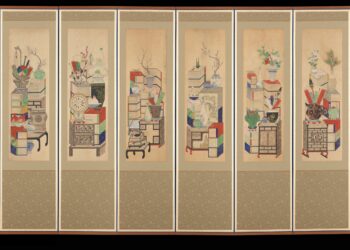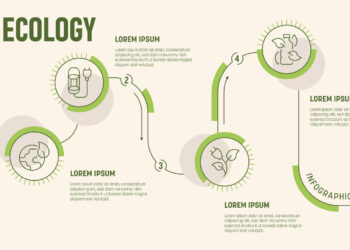
- Image by Guillermo Esteves via Flickr
Are mobile devices the future of delivering science? A panel of publishers at the 2010 SSP annual meeting presented both their views and wares.
“Building apps is not all unicorns and rainbows,” stated Steve Welch, Head of Publishing for the American College of Chest Physicians (ACCP). Welsh cited critical feedback of their application, AACP-SEEK in the iTunes store, including a lot of one-star ratings. This does not mean that publishers should shy away from building new applications for their readers. “Apps are hot,” so it is not necessary to wait until you have a perfect product before releasing, Welsh argues. Application building should be an iterative approach.
“We are big proponents of idealized design (by the users for the users),” stated SiNae Pitts of Amphetamobile. Involving users in the design of a product is critical for the development of a application.
Keir Mierle, software engineer at Google, presented Astrometry.net, a program for matching user-submitted images of star patterns onto the catalog of the night sky. A related project will also estimate when the photo was taken based on the movement of the stars. “Users love it,” Mierle said.
Discussion
1 Thought on "Applications: The Future of Science Communication?"
Philip, thanks for covering this session at SSP.
After reading your article, I worry that I came off as being negative about apps and somewhat cavalier about the app development process. Definitely not what I intended!
Our ACCP-SEEK app has been quite successful and continues to be utilized at a steady pace. We’re happy with that, and my point about ratings is that we were puzzled over the number of 1-star ratings the app received when we moved it from its initial iteration as a pay app to a free downloadable app with in-app purchase options. We thought users would like being able to sample 10 free questions before deciding whether or not to make a purchase, but apparently you can’t please everyone.
The app currently has 39 five-star ratings and 50 one-star ratings, with a smattering of two-, three-, and four-star ratings; sort of all or nothing! Unfortunately, not many people have left substantive comments, and the rating system currently in place does not require the user to leave any type of feedback when they leave their 1- to 5-star rating. So we are left scratching our heads because the app had lots of high ratings initially when it was only available by purchase.
We have received some user comments through the in-app feedback feature, and so we can extrapolate that some of the one-star ratings are a result of us making the inital app download free, and then having content within the app requiring in-app purchase. This creates a couple of potential issues that anyone developing an app should be aware of:
1. A lot of users download nearly anything that’s free, try it, and if they don’t like it or it doesn’t meet their needs, they just delete it. Upon app deletion, they are prompted to rate the app, and obviously if they are deleting it, they are not likely to give it a high rating.
2. Many users expect a free download to mean the entire thing is free. This is understandable. We chose to have a free download with some free content, and the rest of the content requires the user to purchase it. This apparently did not sit well with a number of users. Now, a lot of groups have gotten around this by creating 2 apps, one being a free “Lite” version with limited features or content, and the other being a “Full-Featured” version that is a purchased app.
We’ve also received feedback that users think it’s too expensive (although I’ve seen $1.99 apps with similar gripes), even though it’s priced equivalent with the print version but has far superior functionality and features as an app. So we are looking at the pricing model and may modify it in the future.
Now, that’s what is great about the iterative process: we can adapt as we release additional content and develop future versions of apps or new apps. Not that the product shouldn’t be perfect; rather, if the product has aspects that some users are not enamored with, the feedback and ratings loops can provide invaluable information for making improvements in future versions, if there is consistent feedback about suggested improvements.
As a publisher, this is refreshing because with print publications you may wait years to have a new edition; with an app, you can modify and release an update as often as you wish and have the budget for.
![Reblog this post [with Zemanta]](http://img.zemanta.com/reblog_e.png?x-id=961e340e-18a5-435d-b4b7-7c53b5f66dca)


